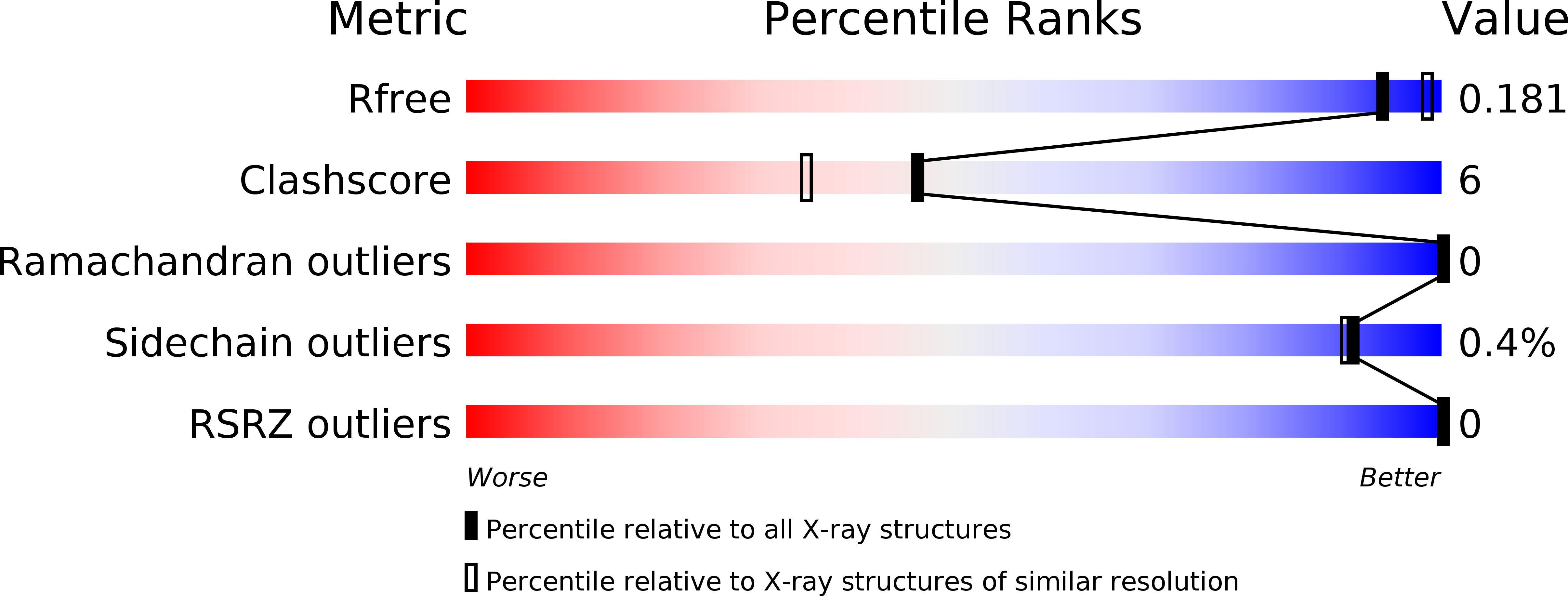
Deposition Date
2018-05-22
Release Date
2018-10-31
Last Version Date
2024-01-17
Entry Detail
PDB ID:
6GL2
Keywords:
Title:
Structure of ZgEngAGH5_4 wild type at 1.2 Angstrom resolution
Biological Source:
Source Organism:
Zobellia galactanivorans (Taxon ID: 63186)
Host Organism:
Method Details:
Experimental Method:
Resolution:
1.96 Å
R-Value Free:
0.20
R-Value Work:
0.17
R-Value Observed:
0.17
Space Group:
P 1 21 1


